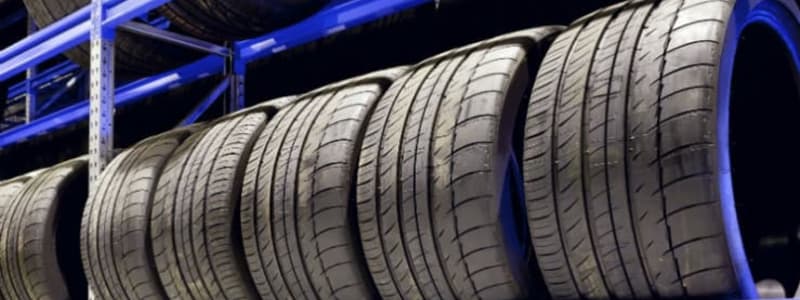
To introduce broader tyres, it is first necessary to explain what they are and their many pros and cons.
As obvious as their name, broader tyres are simply tyres that are wider than standard on-road tyres.
For example, an average narrow tyre would be about 200-215mm, which is just over 8 inches wide. A broader tyre, however, would be about 225mm+ wide.
With the additional tyre width naturally several benefits and downsides emerge.
To begin with the advantages:
- In both wet and dry weather conditions, broader tyres assist braking distance due to increased rolling resistance. This helps to stop your car in a shorter distance.
- Having the capacity to brake in a shorter distance, broader tyres present drivers with better handling than narrower tyre designs.
- Giving less of a footprint on the road than narrower tyres, broader tyres being shorter and larger can actually go faster than their narrow counterpart.
As for the disadvantages:
- In adverse weather such as deep snow, wider tyres lack efficiency in comparison to narrow tyres. This is because narrow tyres are able to cut through the snow to reach the road surface more easily.
- Broader tyres begin to aquaplane at lower speeds than narrow tyres. This means that friction can be lost faster with wider tyres, leading to spinning wheels and loss of control over the vehicle.
- Wider tyres are supposedly not as quiet or comfortable as narrow tyres. The word ‘supposedly’ has been used because there have been several claims that matching broad tyres with alloy wheels cuts down on both of these downsides.
When looking for vehicles that can utilise broader tyres, some detailed research really helps into your vehicle choice.
Trucks and Lorries almost always support wide tyres as they often carry vastly heavy loads, a task broader tyres are regularly suited to. As for motorbikes, it is normally assumed that the wider the rear tyre, the more powerful the engine. Though this gives the impression of ‘the bigger the better’, the wider the tyre, it is often the case that the insurance will be more expensive. That’s a big thing to consider when opting for broader motorbike tyres.
As for cars, broader tyres are a more complex subject matter. This is due to the multitude of car designs each having their own specific capacities and limitations in regards to tyre optimisation. One such example could be with metric wheels. As they usually only come in sizes of 225/235/245mm, only car makes such as BMW, Ferrari, Dodge and a couple of others actually support the width of such tyres.
Requiring speed, handling and short braking distance, these sport-car manufacturers designed their cars to support the space and mechanics needed for broader tyres. Though smaller vehicles often cannot theoretically use broader tyres, 4x4 vehicles such as the Land Rover Range Rover 2012 can. Actually requiring tyres of over 250mm such as the 255/55 R19/20 tyre specifications, the Land Rover can adequately use broader tyres. Additionally, as this design incorporates alloy wheels, drivers can potentially expect a quieter and more comfortable driving experience.
All about Tyres, Tyre change, Winter Tyres and Rims
- Tyres, tyre mounting and wheel change
- New Winter Tyres and Rims
- New Rims or Replacing Your Rims
- What Are 4x4 Tyres?
- What Are Run Flat Tyres?
- Which Are the Best Car Tyre Brands?
- Watch Out with Cheap Part Worn Tyres
- Cheap Tyres Online
- Flat Tyre? - How to Change a Flat Tyre
- Tyre Types and Sizes
- Can I Have Broader Tyres on My Car?
- What is TPMS Tire Pressure Monitoring System
- Eco Friendly Tyres?
- What is Wheel Alignment
- Service for wheel alignment
- What are the Rules for Winter Tyres in the UK?
- How to Tell if Winter Tyre is OK
- Are Your Winter Tyres in Good Shape?
- Save Thousands When You Need New Winter Tyres
- Change Tyre on a Wheel, or Two Sets of Tyres?








